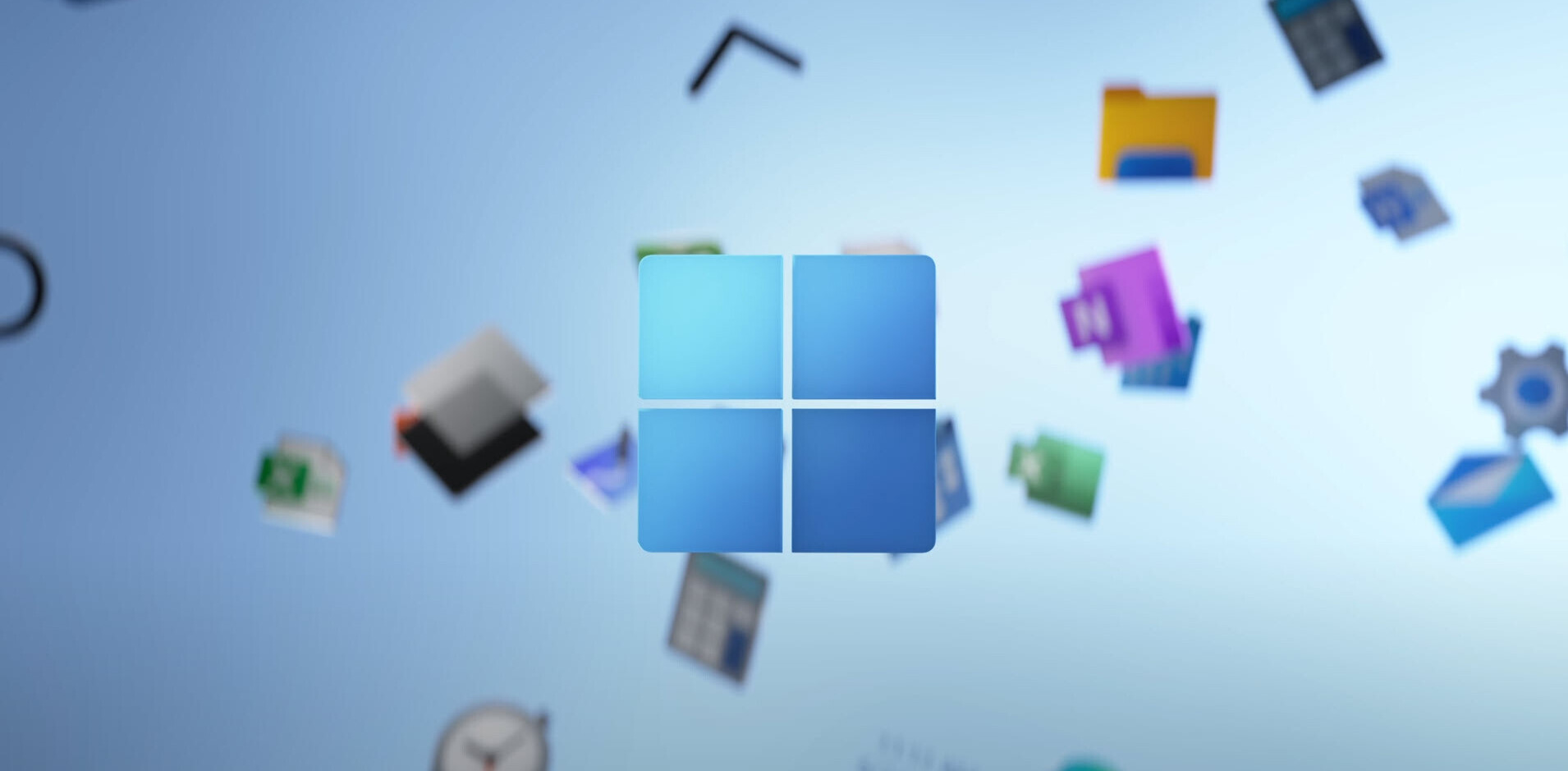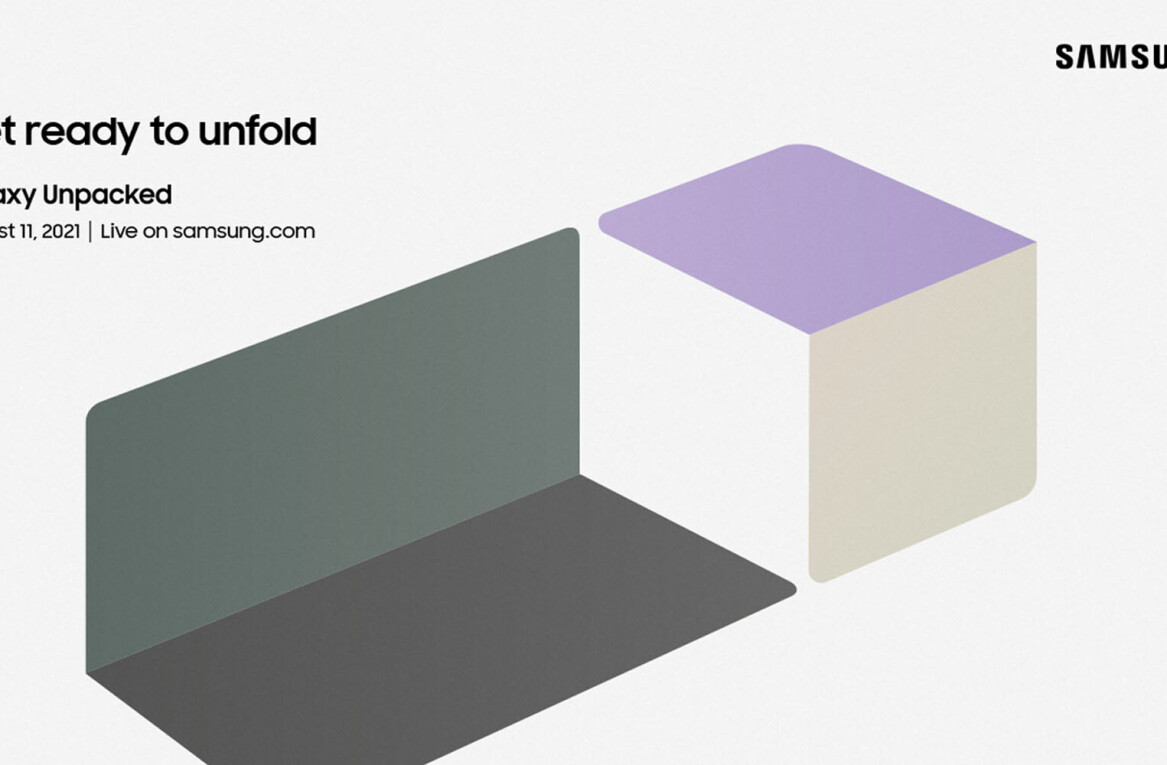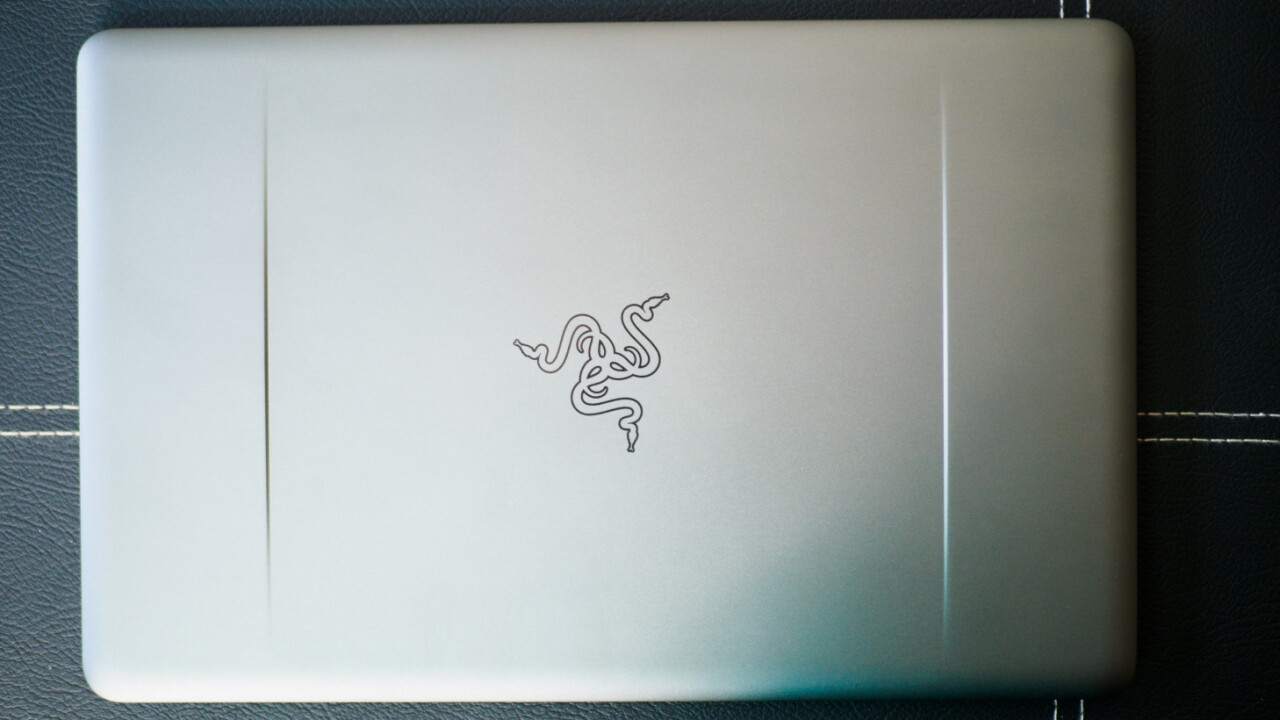
It’s amazing what a fresh coat of paint can do. Razer’s Blade Stealth recently received a new gunmetal color option, and after spending some time with the laptop, it makes all the difference to change the look from “classy gamer” to plain old “classy.”
It’s been a long time coming. Razer was the first major company to show that gaming laptops didn’t have to be giant, heavy slabs of RGB gaudiness when it first introduced the Blade series. Over the years, it’s refined its design, but the laptops have retained the same basic combination of matte black metal and green accents. It was clean enough to not look totally out of place in an office, but it still wasn’t everyone’s cup of tea.
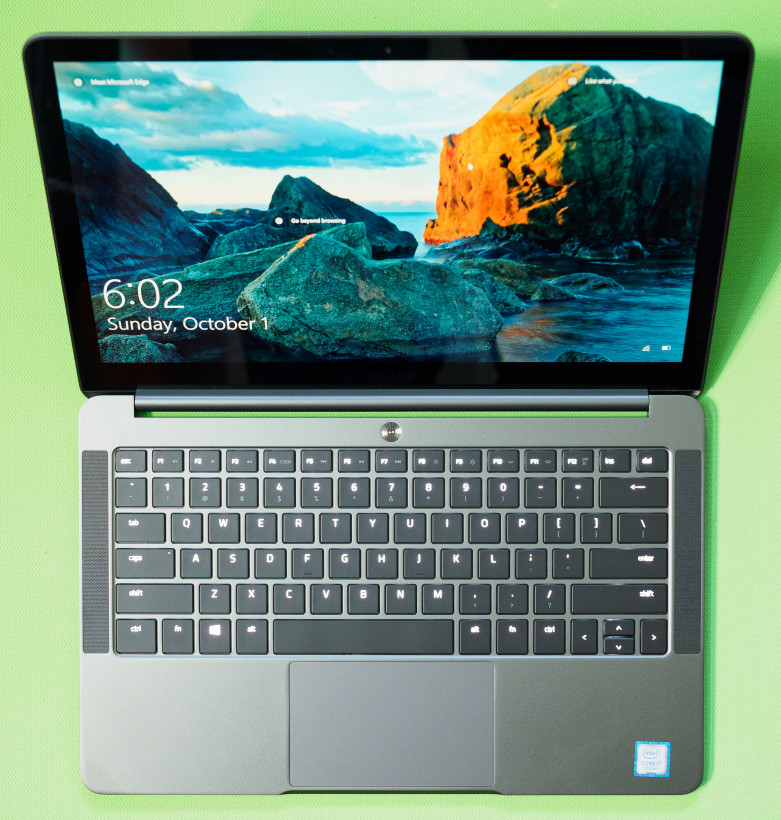
The new gunmetal color instead just makes the Blade Stealth looks like an attractive MacBook-esque laptop. Gone are the neon green logo and USB ports, replaced with more neutral grays. I’ve always thought Razer’s logo was pretty ostentatious, but with the new finish it actually looks more like an old-timey emblem than gamer kitsch.
But don’t worry – if you prefer the original look, you can still get that one too. I particularly miss the RGB Chroma keyboard; I wish Razer had brought it over and simply defaulted the color to white. Speaking of the keyboard, it’s a solid typing experinece. Travel is shallow, but the keys are clicky and pleasant to type on otherwise; I prefer it to Apple’s new MacBook keyboards. The trackpad is even better, thankfully using Microsoft’s Precision drivers.
Of course, Razer didn’t just provide a new coat of paint with its revision. The new Blade Stealth thankfully addresses one of the largest complaints of it’s predecessor: gigantic bezels. Instead of of a 12.3-inch display, you now have 13.3-inch panel in the same body size. That single change makes the laptop feel much more modern.
The resolution drops down to QHD+ (3200 x 1800) instead of true 4K, but at this screen size that’s hardly a difference. It doesn’t hurt that the display is pretty great too. While I was somewhat disappointed with the panel in last year’s Blade (the 14-inch model), this one is as good as any I’ve used, with excellent brightness, vivid but accurate colors, and strong contrast.

There’s a caveat to all of this, which is that the Blade Stealth isn’t really a gaming laptop per se. Like previous iterations of the Stealth, it’s more of an Ultrabook aimed at the gamers and poweruser crowd. It’s trick was the ability to pair with the Razer Core, an external GPU chassis. Razer was the first to provide this ability via Thunderbolt 3, but you’ll have to pony up the extra cash for a decent GPU as well, unless you already have one lying around.
It would have been nice to see Razer at least opt for Intel’s Iris graphics, which can compare to a low-end dedicated GPU, but on the whole it’s competitive within its price point and category.
Performance otherwise is about on par with what you’d expect from comparable Kaby Lake systems. Almost every configuration of the Blade Stealth featured a Core i7 processor, giving you a bit more slack to work with as the laptop ages. There was a limited-time configuration with a Core i5 processor at launch, which of course was the cheapest one, but that one is no longer available.
That said, you may want to hold out and see if Razer plans on updating the laptops to the new 8th Gen Kaby Lake R processors; early tests show that the extra two cores are yielding some significant performance improvements. The laptop performs excellently as is, but it’s something you should be aware of.
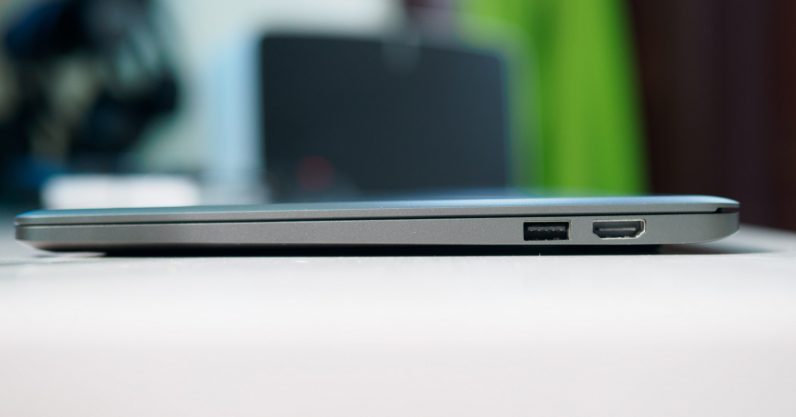
I was happy with the Stealth’s battery performance too. Razer claims nine hours of battery, which isn’t as much as some of the competition, but I’ve found Razer to be more realistic than most in the past.
I achieved around 5-6 hours in my own use, which puts it firmly in the ‘good enough’ category for me. And since it’s powered by USB-C, it’s easy to increase the battery life with a power bank (as long as it supplies enough power). Razer claims its own power bank extends the battery to 15 hours.
There’s nothing revolutionary about the Blade Stealth, but it’s an all around solid laptop, whether you’re a gamer or not. The gunmetal color goes a long way in showing Razer is trying broaden it’s appeal beyond gamers, making for an attractive laptop for power users that wouldn’t look out of place in an office.
I appreciate that Razer has just a handful of configurations, all of them with sensible specs. Though it starts out fairly pricey, at $1,399, you are getting a lot for your money: A Core i7-7500U processor, 16GB of RAM, and 256GB of storage. Here’s hoping Razer gives its proper gaming laptops – the ones with dedicated graphics – a makeover too.
Get the TNW newsletter
Get the most important tech news in your inbox each week.
